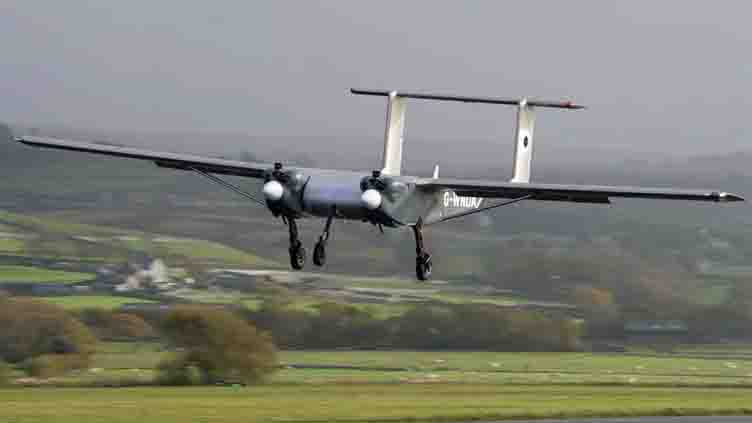
technology
Scientists can make predictions about future climate change using Antarctica's topography information
(Web Desk) – A group of scientists and engineers embarked on a mission in Antarctica to pilot an autonomous drone designed to enhance prediction of the impact of climate change.
This cutting-edge drone is set to explore previously inaccessible areas of the continent, overcoming challenges posed by extreme weather conditions.
After undergoing rigorous testing in extreme weather conditions around Wales' highest peaks, the drone is ready for its primary mission – mapping areas beneath the Antarctic ice cap. This preliminary experiment aims to predict the rate of ice melt and its contribution to global sea level rise.
Antarctica, an important region for climate research, presents formidable obstacles to conventional manned aircraft due to strong winds, sub-zero temperatures, sudden storms and long periods of darkness.
These challenges, coupled with the logistical complexities of transporting pilots and large amounts of fuel, have hampered scientific exploration.
The drone was developed by the British Antarctic Survey in collaboration with UK-based Windracers, and features easy repair capabilities in the event of malfunctions.
Prior to its Antarctic mission, the drone underwent testing in difficult weather and terrain conditions at Llanbedr, Airrie (Snowdonia in English) in North Wales.
Explaining the capabilities of the drone during training in adverse conditions, engineer Rebecca Toomey highlighted its ability to reach remote areas without compromising the safety of the pilots.
This innovative technology holds the promise of revolutionizing scientific exploration in Antarctica, providing valuable insights into the dynamics of climate change in the region.
Rebecca will be responsible for operating the drone from the Rothera base in Antarctica, with future aspirations for the British Antarctic Survey to control it remotely from the UK.
This innovative drone significantly reduces fuel consumption compared to conventional aircraft, as only 10 barrels are used compared to the 200 barrels typically required for a single research flight.
This progress is consistent with a commitment to reducing the environmental impact of scientific endeavors on the planet.
Antarctica's extensive ice sheets include vast mountain ranges, some rivaling the size of the European Alps, along with deep trenches and valleys, with certain areas below sea level.
Understanding this complex terrain is crucial, because it directly affects how quickly the ice melts. By gaining a more comprehensive understanding of the Antarctic landscape, scientists aim to improve the accuracy of predictions of global sea level rise resulting from the melting ice sheet.
Tom stresses that as knowledge of Antarctica's topography improves, scientists can make more accurate predictions, which ultimately helps in future planning efforts.
The inaugural drone flights are scheduled to launch in the coming weeks, which includes additional experiments such as surveys of marine life, including krill, essential components of the food chain, and assessments of environmentally sensitive areas.
'; var i = Math.floor(r_text.length * Math.random()); document.write(r_text[i]);

